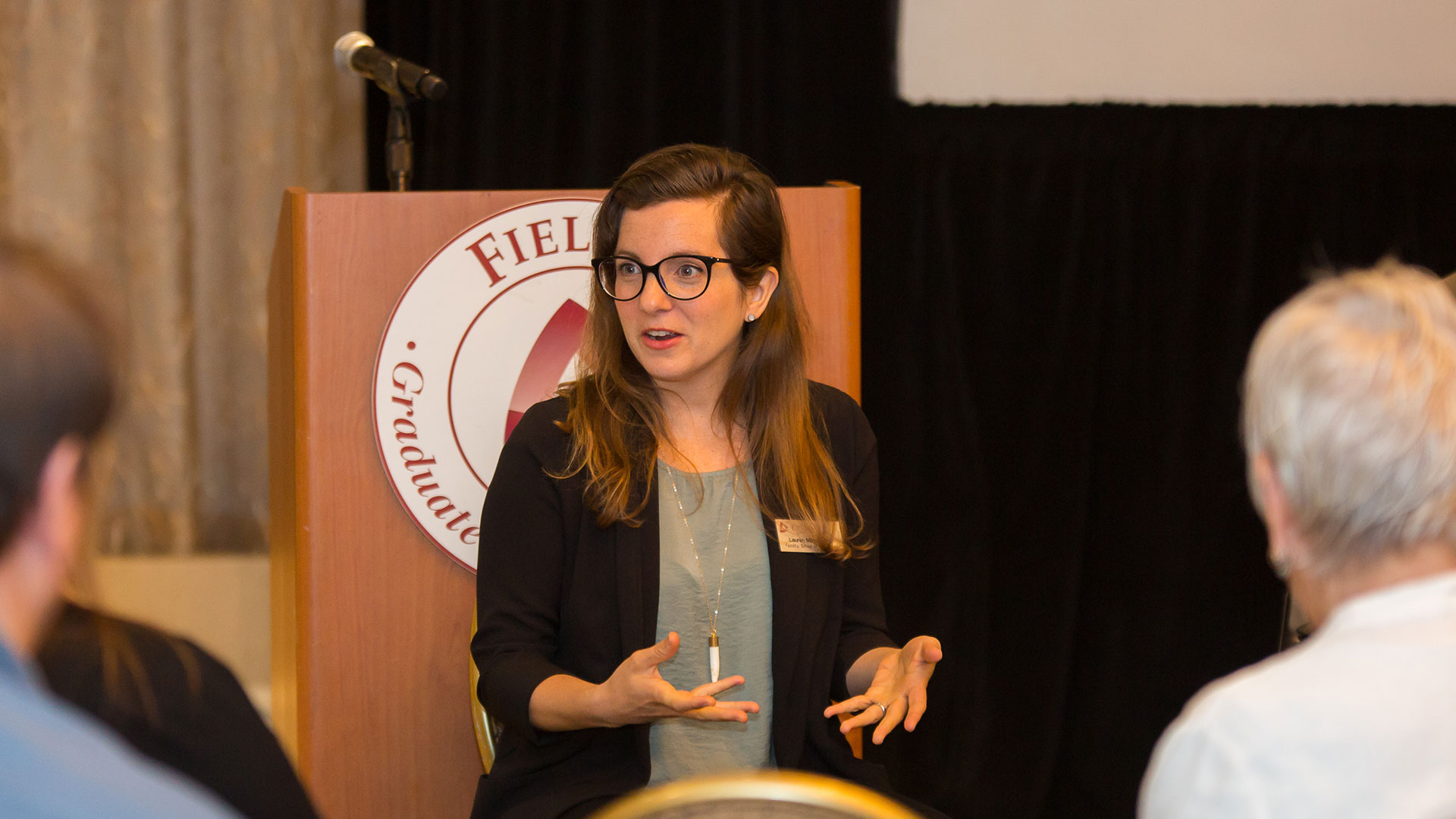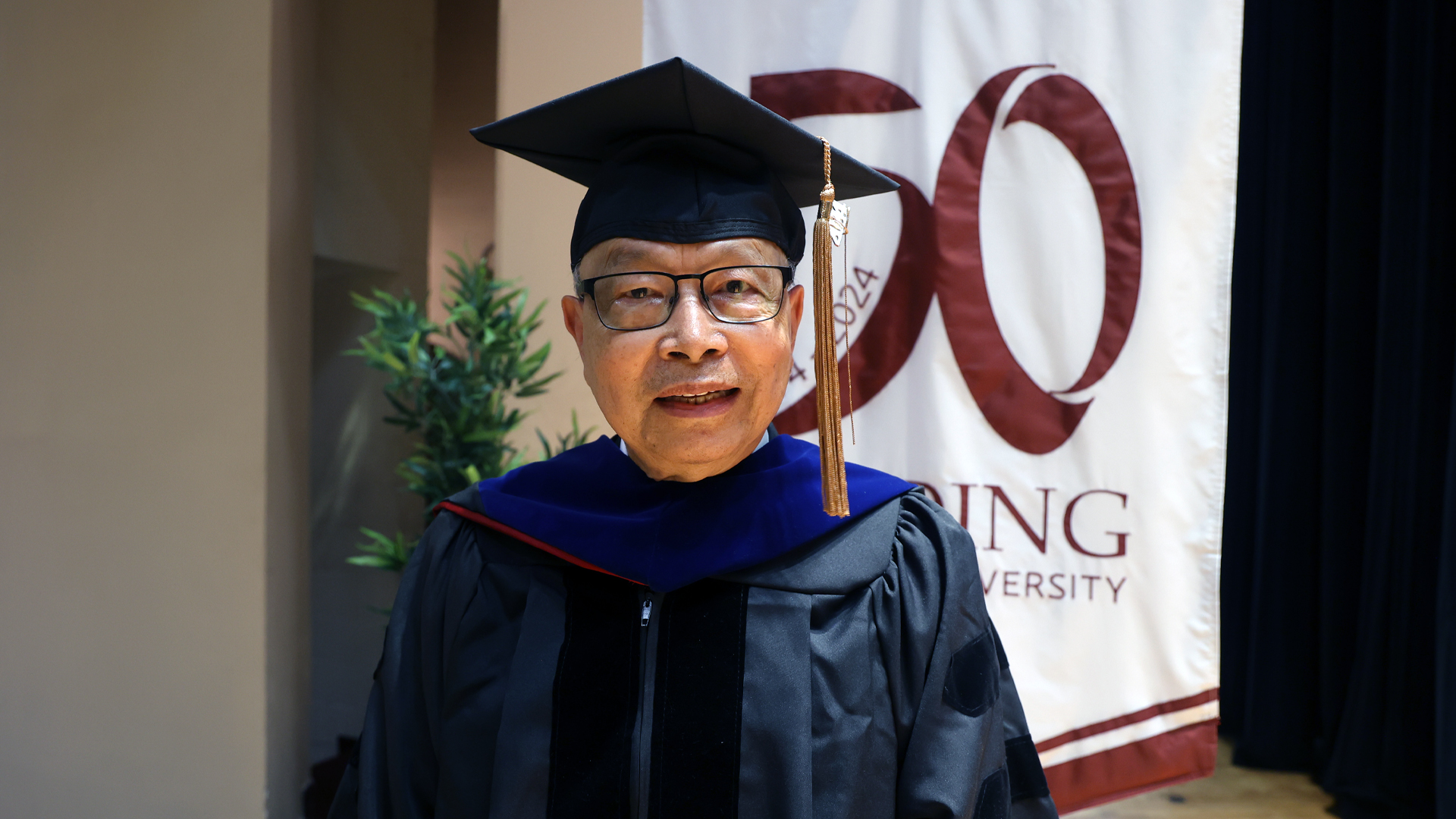By silencing the noise, Beyoncé created a viral trend that enhanced experience.
KEY POINTS
- The #mutechallenge, a viral moment from Beyonce’s new tour, offers a rare opportunity to practice mindfulness.
- The act of being silent can help draw attention to the present moment and what is going on inside the body.
- Teachers have taken to using the #mutechallenge in classrooms to help children focus and improve learning.
The #mutechallenge is a viral trend that emerged from Beyonce’s Renaissance World Tour. Beyoncé starting a viral trend isn’t surprising—she is one of the most influential music artists. However, I was intrigued when I read accounts of teachers using it in the classroom to quiet and focus kids.
The challenge started in response to Beyonce’s lyrics from the song “Energy”: “Look around, everybody on mute.” When she sings this, all the performers freeze in place, stopping all movement and sound until released when Beyoncé sings the next line. The audiences are totally on board, competing for the best #mutechallenge.
Call and Response With Silence
It’s a brilliant twist on the call-and-response pattern. With roots in traditional African music, call-and-response played an important role in the development of African-American music, such as gospel and modern hip-hop. This call-and-response style applied to music is called antiphony and can also be found in Latin and Cuban music (coro-pregón), Western folk music, sea shanties, and Gregorian chants (Oesch, 2019).
The wide adoption makes sense from a psychological angle as the call-and-response makes performance participatory. Active involvement heightens emotions and enhances feelings of community through shared experience. Not surprisingly, it became the highlight of the show and spread across popular and social media.
Mindfulness in the #Mute Moment
In the #mutechallenge, the response is a moment of silence. A moment of silence is a time-tested method of classroom management. However, the #mutechallenge does more than provide a temporary reset. Even silence has meaning, but in this case, it is a validation of a pop culture experience and a connection to Beyoncé and, for many, inclusion in the BeyHive fan community. This link to pop culture has a halo effect and makes the #mutechallenge all the more impactful when employed in the classroom.
Unlike many call-and-response patterns that elicit a verbal response, however, the #mutechallenge creates a moment of mindfulness. In that one muted moment, attention is heightened and focused. Everyone is fully present, actively aware of the physical self and the need to be still and quiet, yet simultaneously connected to the larger environment and community, listening for the sound of no noise. When the group achieves silence, it is celebrated as a success. (This may also tell us something about the rarity of silence.)
This viral trend is a brief taste of mindfulness that punctuates and amplifies the meaning. Participating in a #mutechallenge with others, whether in concert or in the classroom, provides an example of how being present, really and truly present, changes experience.
Beyoncé’s #mutechallenge makes an ideal teaching moment with your kids without sounding too woo-woo or prescriptive. It’s an opportunity to demonstrate how being “in the moment” and intentionally directing your attention to heighten experience can make it more impactful.
The Benefits of Mindful vs. Mindless Attention
One #mutechallenge isn’t going to deliver all the benefits attributed to mindfulness, such as reducing stress and increasing gratitude, positive emotions, and resilience (Arch & Landy, 2015). Nor is it going to launch a meditation practice. But it can illustrate the tangible difference between being mindless and mindful. Mindlessness can actually increase stress. Sadly, most of us are painfully aware of mindlessness, but our kids may not yet realize how easy it is to slip into that state on TikTok.
Calling attention to mindlessness is a step toward becoming aware of mindfulness. Psychologists Ellen Langer (1989/2014) and Jon Kabat-Zinn (2003) both explored mindfulness from different perspectives. Langer emphasizes intentionality over reactivity. Kabat-Zinn integrates Eastern meditation practices with Western psychology. Langer saw making a conscious shift from being reactive to being intentional as an antidote for life on autopilot. There are lots of ways to explore mindfulness informally without even mentioning “meditation,” such as mindful walking, mindful eating, and mindful listening.
Turning a #Mute Moment Into a Teaching Moment
Activities like the #mutechallenge can serve as easy gateways to concepts like mindfulness. Cultivating awareness and intention is good for you, but don’t tell the kids that. Just ask questions about how it would feel to be in the arena during that moment and what it would do to their overall experience of the concert.
- What would you hear?
- What would you focus on in your body to be quiet?
- How would that increase your awareness of others around you?
- How did your attention change during that moment?
You are planting a seed here, not trying to achieve a lightbulb moment. Little by little, with your help, your kids will start to see that there is power in making choices by intentionally directing attention, and rather than detract from enjoyment, it increases it.
This article also appeared on PsychologyToday.com.
References
Arch, J. J., & Landy, L. N. (2015). Emotional benefits of mindfulness. In Handbook of mindfulness: Theory, research, and practice. (pp. 208-224). The Guilford Press.
Kabat-Zinn, J. (2003). Mindfulness-based interventions in context: Past, present, and future. Clinical Psychology Science And Practice, 10(2), 144-156. https://doi.org/10.1093/clipsy/bpg016
Langer, E. (1989/2014). Mindfulness. Da Capo Press.
Oesch, N. (2019). Music and language in social interaction: Synchrony, antiphony, and functional origins [Hypothesis and Theory]. Frontiers in Psychology, 10. https://doi.org/10.3389/fpsyg.2019.01514
Join Over 7,500 Fielding Alumni Located Around The World!
Change the world. Start with yours.™






Get Social